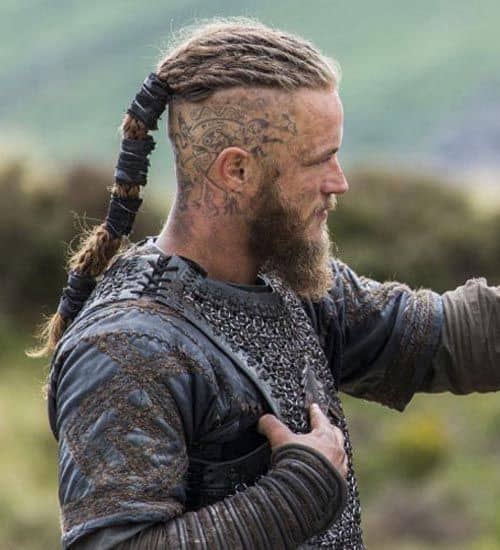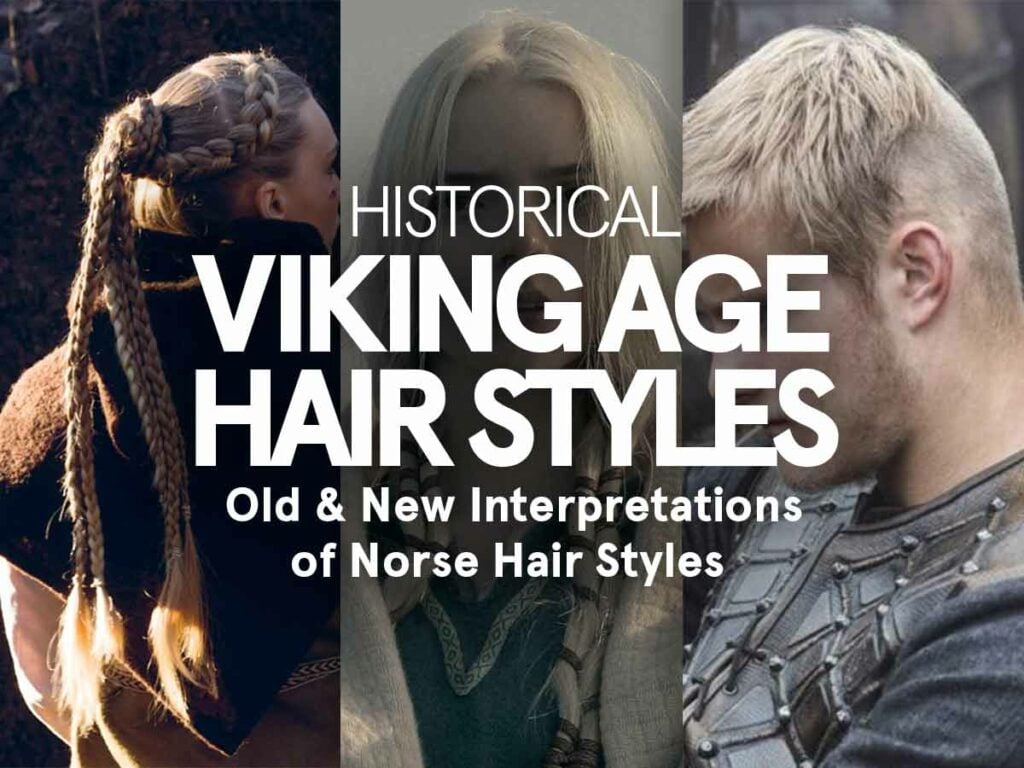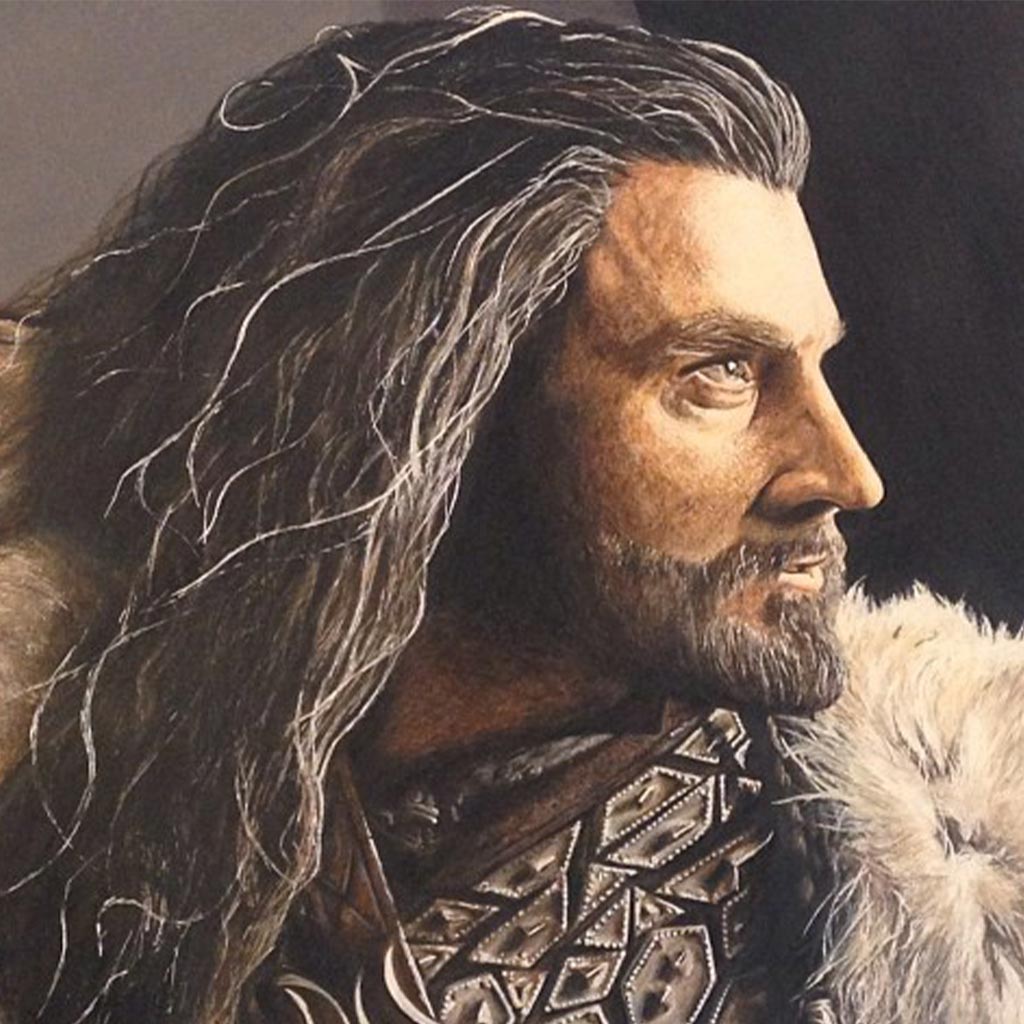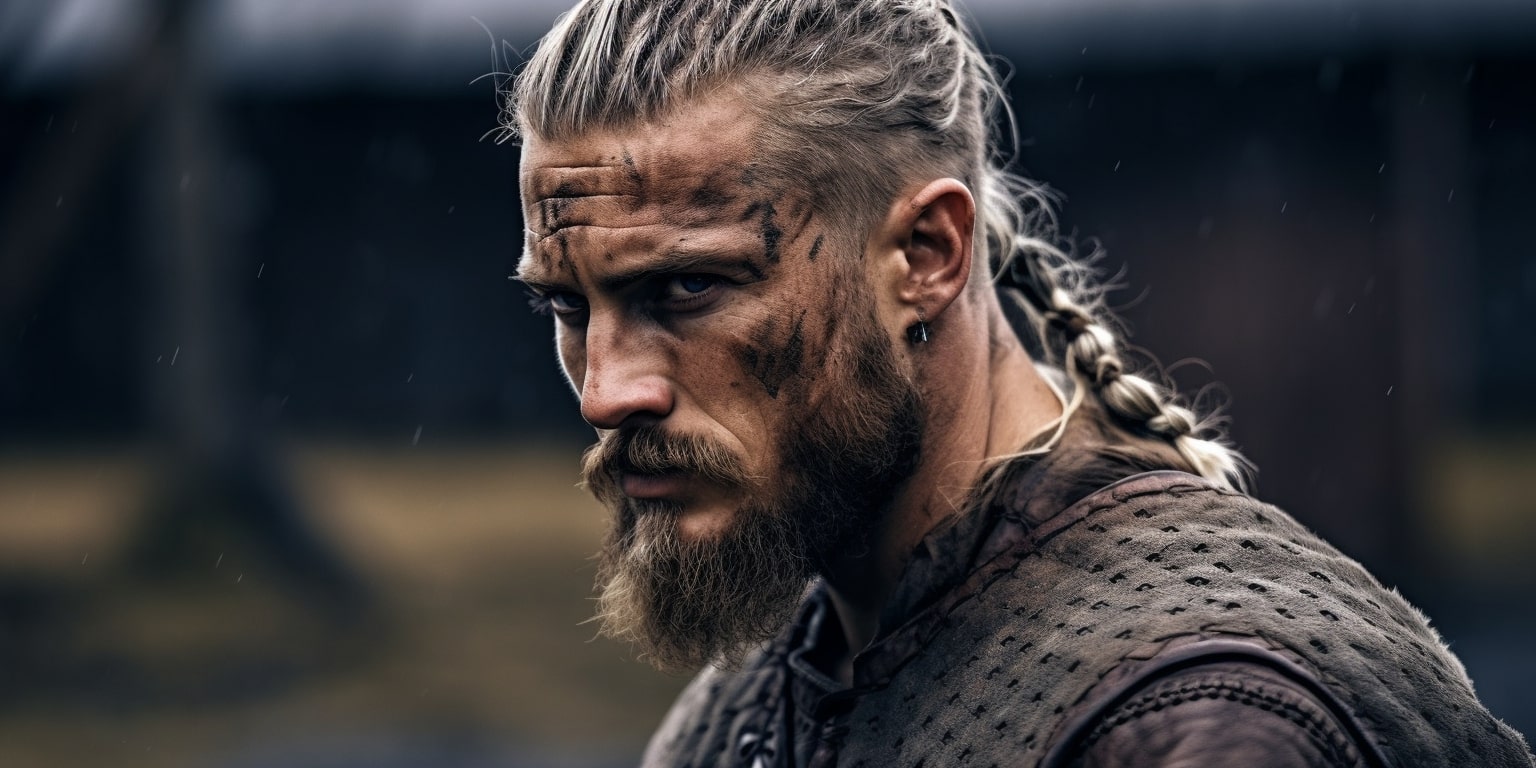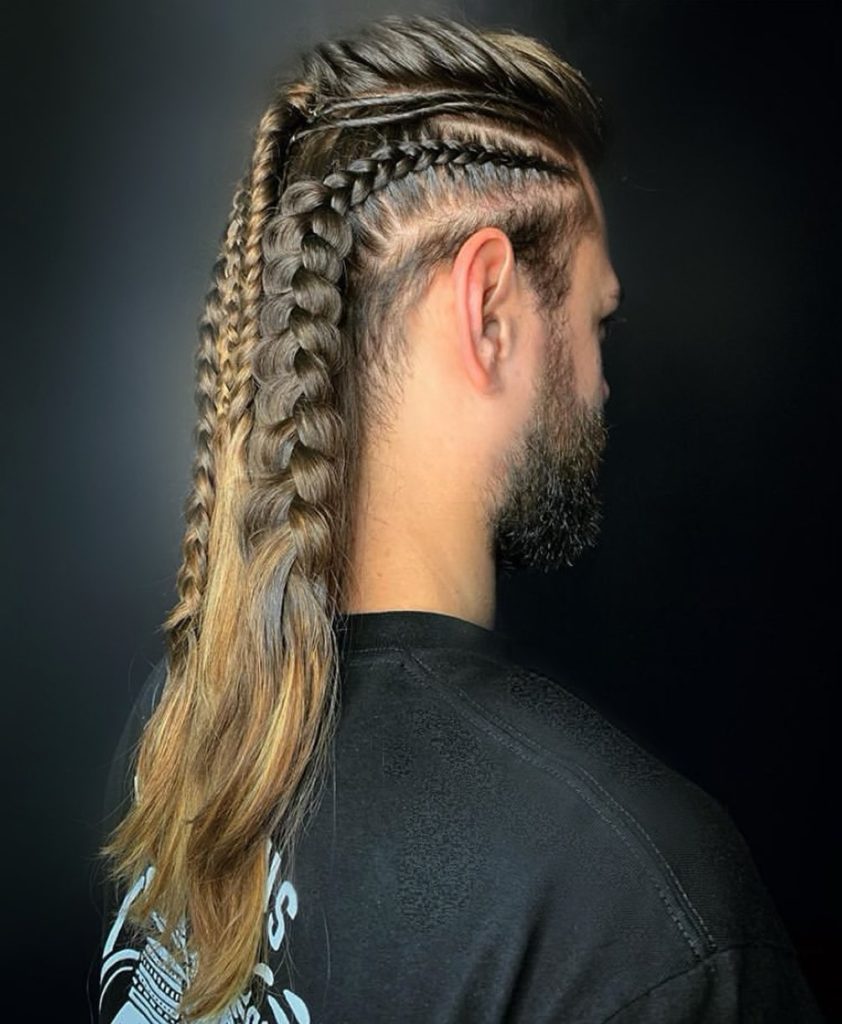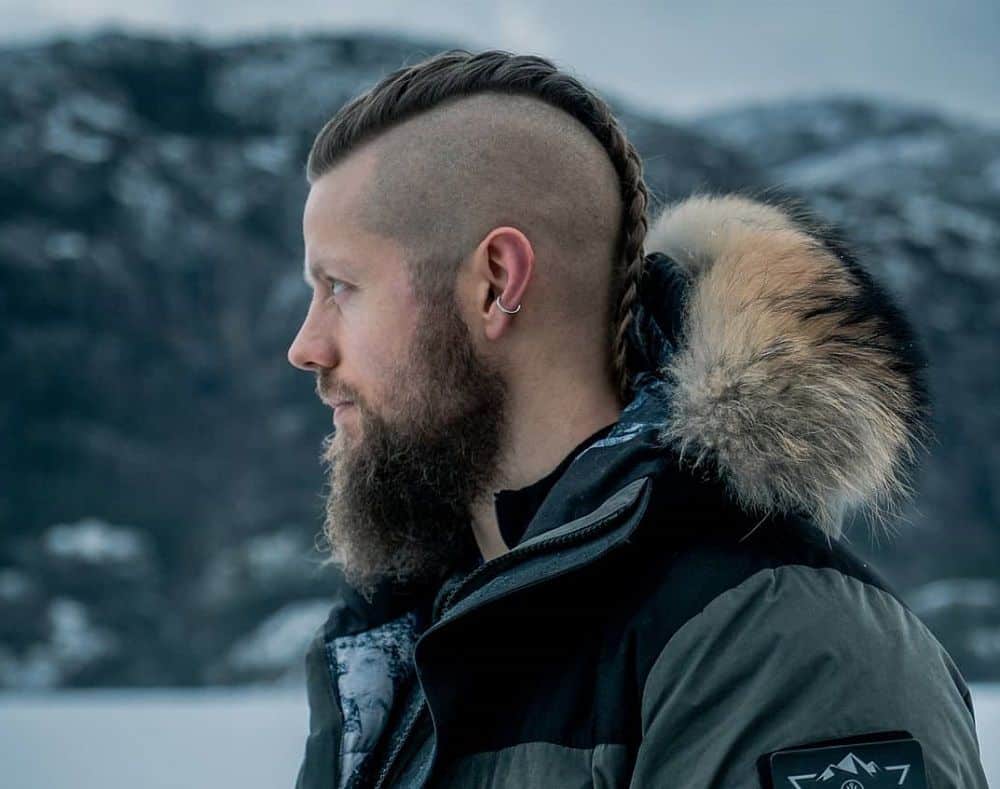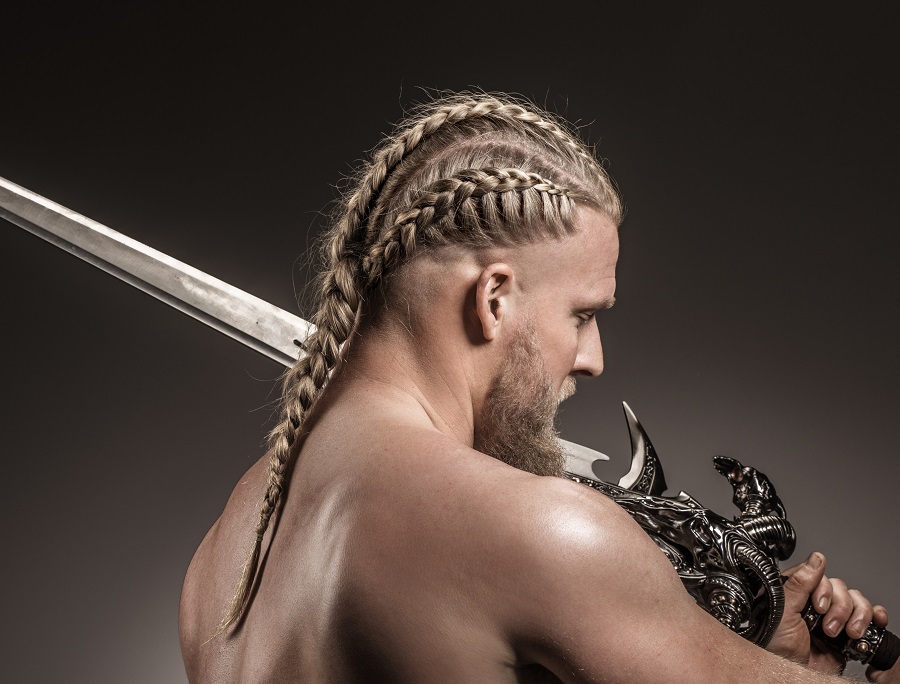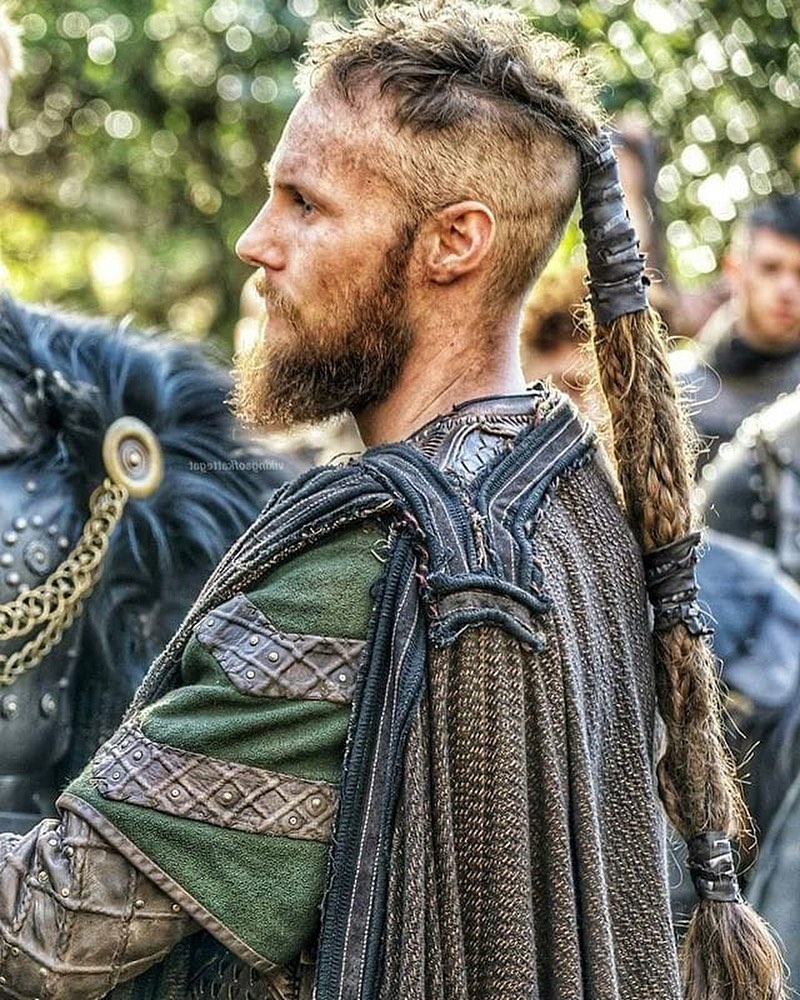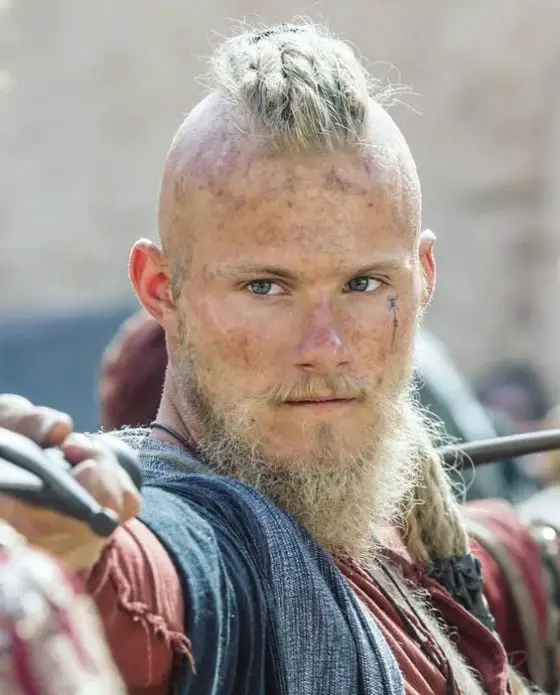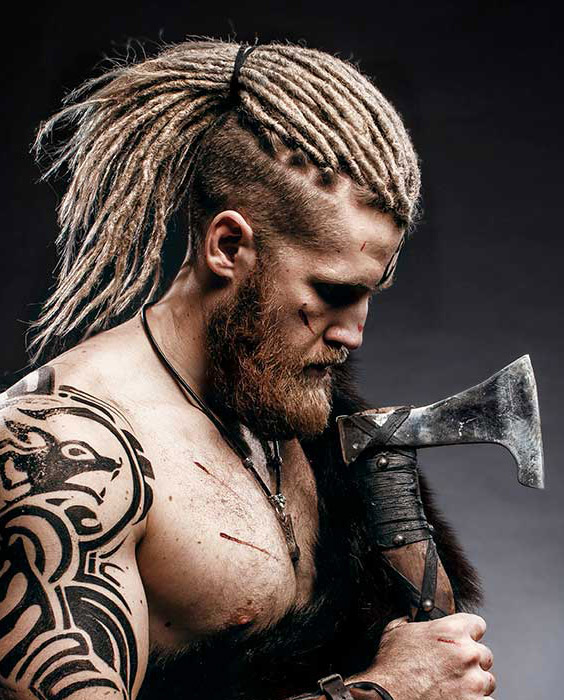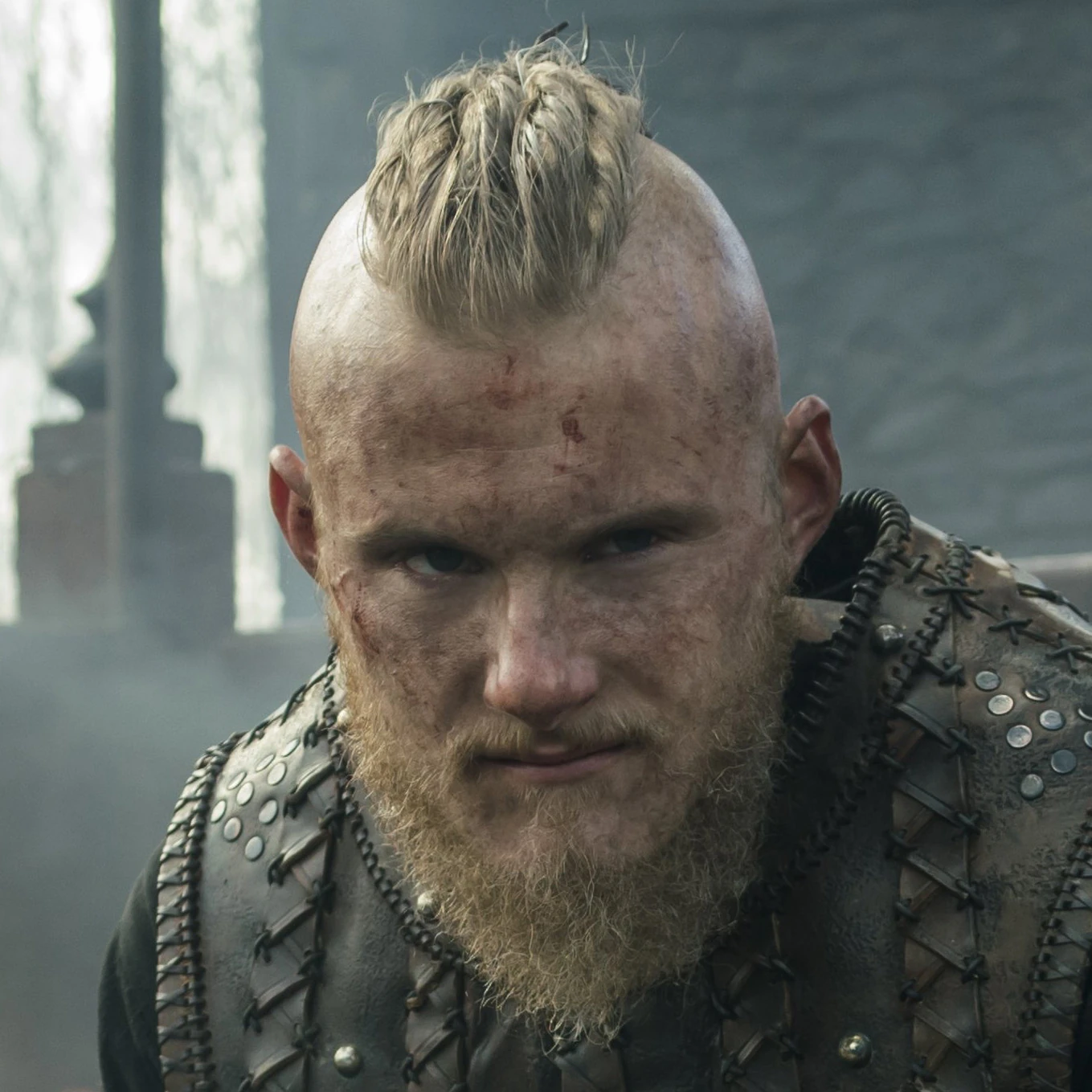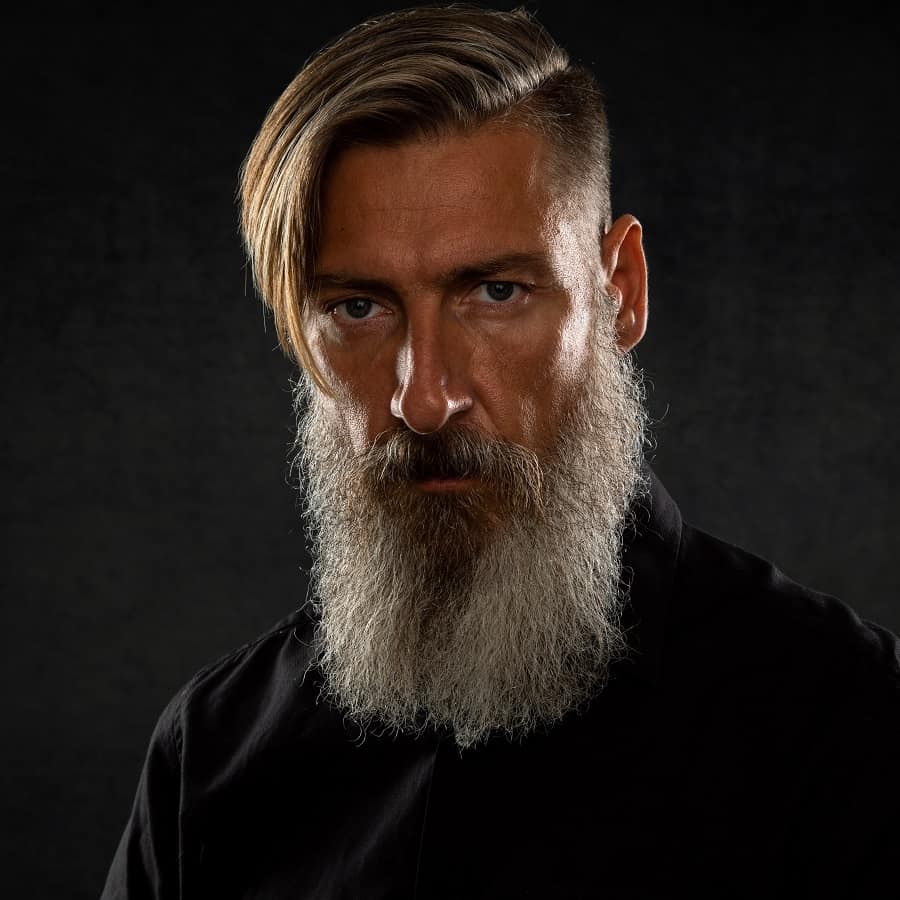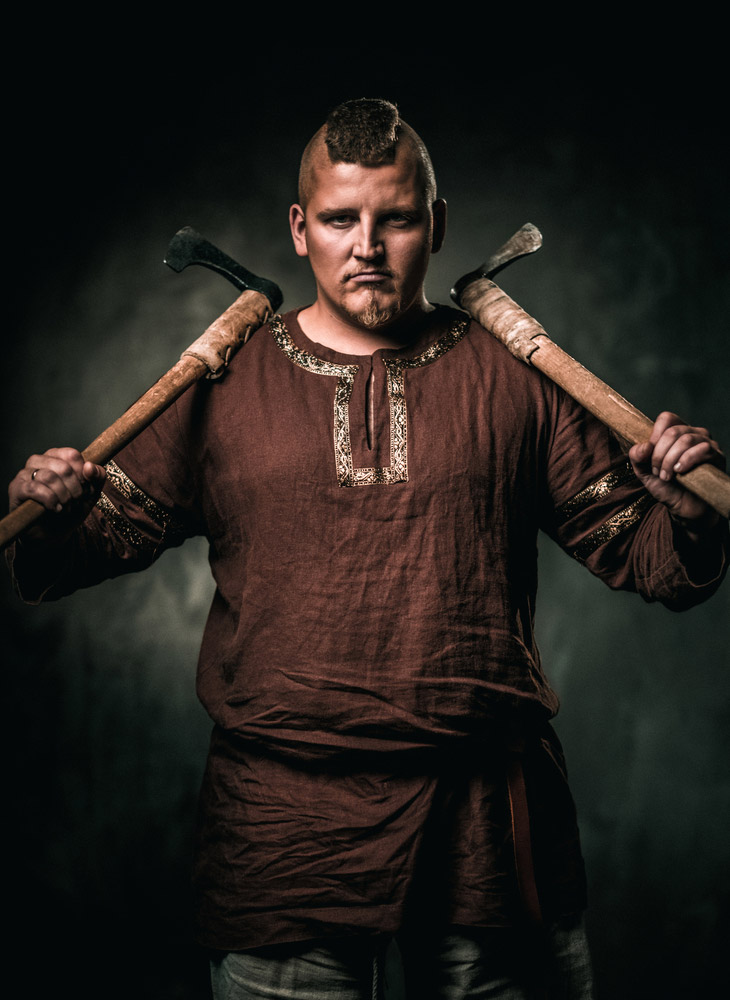Best Of The Best Info About How Did Viking Men Wear Their Hair Hairstyles For Girls With Very Thin

This can be seen in royal bynames like sweyn forkbeard, whose beard was probably divided in two, and harald fairhair, who must have had a fine head of hair.
How did viking men wear their hair. Ancient hair braiding was an essential part of norse culture and was seen as a sign of respect and dignity. Men (and women) are thought to have worn an undershirt and possibly under breeches, but this is more of an assumption as there is no actual evidence for undergarments. In viking society, hair wasn’t just about appearance—it held significant cultural and symbolic weight.
Shorter hair for boys and longer hair for men of power and wealth. The simple answer to the question, “did vikings wash their hair?” seems to be yes. Long hair was often associated with strength, virility, and honor.
Our viking brethren wore their hair high and as we know, they let the length and health of their hair reflect their own honor and status. Find out if vikings had braided hair, as well as how to do viking braids for short hair, for females, and male viking hair braids. The viking male often wore a tunic, trousers and a cloak.
However, just because they loved those two. Here we see a wide range of hair styles and beard grooming, as men tried to set themselves apart from each other and boast their status and worth. Both women and men appear in the scenes.
They braided their hair and wore it in the danish fashion, which was one of a cleanly shaven and bare neck, leaving the length of the. The numerous finds of combs show that people combed their hair regularly. Evidence suggests that they bathed regularly, kept their ears and nails clean, and combed their hair and beards.
Layers were big during the viking era too. How did viking men wear their hair? They also used braids to decorate their helmets and shields.
The legacy of viking hairstyles remains very much evident in modern times. Many viking men sported a hairstyle known today as a “reverse mullet,” whereby hair was allowed to grow long in the front but was cut short or even shaved in the back of the head. The average height for a male was 171 cm.
How did viking men wear their hair? In fact, not only did vikings commit to keeping their hair clean, but they regularly groomed themselves with razors and combs too, to ensure they could preserve their unique image. Whether men were ship building, hunting or raiding, it was important for them to keep warm during their physical work.
What did viking men wear? For example, certain viking men often wore their hair at shoulder length, and their haircuts likely differed between social classes. Women kept their hair long and groomed, able to tie it back or style it in attractive hairstyles.
Vikings knew that proper grooming was essential for the health of their hair. This can be seen in royal bynames like sweyn forkbeard, whose beard was probably divided in two, and harald fairhair, who must have had a fine head of hair. Other hairstyles existed in norse culture.
